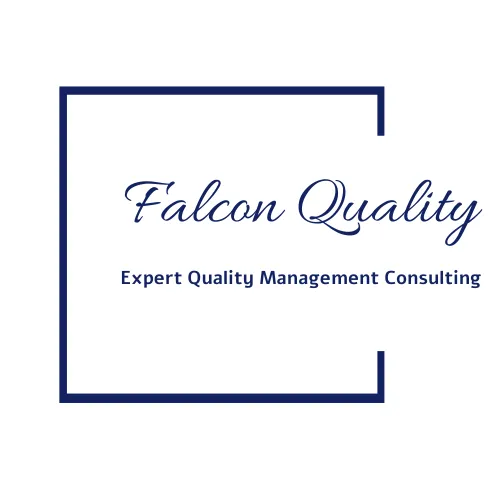
ISO9001 GAP Analysis Question 25 - Organizational knowledge
To assess if your current quality system meets the ISO 9001 requirements in Section 7.1.6 on “Organizational Knowledge,” you’ll need to evaluate how your organization manages and maintains essential knowledge. This analysis focuses on whether you have identified, preserved, and shared the critical information needed for consistent process operation and product or service conformity. Here’s where to look and what to examine in your current system:
1. Identify Critical Knowledge for Process and Product Conformity:
Start by reviewing if you have clearly defined the knowledge necessary to operate your key processes effectively and achieve product or service standards. This knowledge may include process instructions, technical specifications, customer requirements, or proprietary information. If you find that some of this essential knowledge isn’t documented or is only known by specific individuals, this may indicate a gap in your compliance.
2. Evaluate Knowledge Maintenance and Availability:
Determine whether this critical knowledge is consistently maintained and accessible to the personnel who need it. Look for documentation, databases, or knowledge-sharing platforms that capture and store information such as lessons learned, process improvements, or technical guidelines. If you rely heavily on undocumented knowledge or informal practices, this could impact your ability to ensure consistent outcomes, especially if key personnel are unavailable.
3. Consider Procedures for Updating Knowledge:
Check if you have a structured approach for updating knowledge in response to changes in industry standards, customer needs, technology, or internal process modifications. Look at how you keep track of new industry standards, customer feedback, and best practices, and whether this information is systematically integrated into your processes. If you find no clear process for acquiring or updating knowledge in response to these changes, you may need to address this to achieve compliance.
4. Review Internal and External Knowledge Sources:
ISO 9001 highlights the importance of both internal and external sources of knowledge. Internally, this could include lessons from past projects, continuous improvement efforts, or feedback loops within teams. Externally, it could involve industry standards, customer feedback, market research, or insights from suppliers. Assess whether your organization has mechanisms in place to gather and apply insights from these sources. If valuable knowledge isn’t being consistently captured from both internal and external experiences, this could reveal areas for improvement.
5. Documentation and Accessibility:
Finally, confirm that appropriate documentation supports your organizational knowledge. This doesn’t mean that every piece of knowledge needs to be documented formally, but the knowledge critical to meeting quality standards should be accessible when needed. Determine if this information is readily available, appropriately categorized, and up-to-date. If you struggle to locate or validate this knowledge quickly, this could be a sign that your knowledge management practices need enhancement.
By examining each of these areas, you’ll gain a clear picture of whether your system meets ISO 9001 requirements for organizational knowledge, ensuring that essential information is systematically managed and available to support consistent, high-quality results. Identifying any gaps will help you refine your approach to maintaining and updating your knowledge resources.